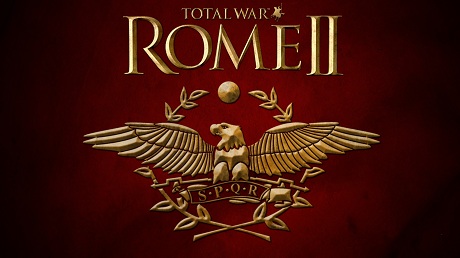Heavy Raider - Thracian Nobles
Strong warships, constructed to withstand the worst the sea can throw at them.These fierce men know that noble blood must be proved by drawing the blood of others.
Most of the northern European tribes were not naval powers, but there were still able seafarers to be found amongst them. Shipbuilding techniques were well understood, so while many vessels were small leather-skinned boats for inland and inshore use, bigger sea-going vessels were also made. Shipwrights used heavy planking for hulls, stitched together and then fastened to a wooden skeleton to create sturdy craft able to cope with Atlantic conditions. Julius Caesar was surprised at the quality of the enemy ships when his fleet clashed with the Veneti from modern-day Brittany. The Veneti vessels had flat bottoms to cope with shallows, but were also of heavy oak construction to cope with rough seas. This made them tough opposition for Roman galleys, and capable of shrugging off a ramming attack. Caesar said that the enemy ships "...were constructed of planks a foot in breadth, fastened by iron spikes the thickness of a man's thumb; the anchors were secured fast by iron chains instead of cables”. When the Romans were forced to board, they faced fearsome warriors used to close-quarters fighting at sea.
(Thracian Nobles)
There were some forty tribes of Thracians who shared a common language and culture, inhabiting a vast area north of the Greek city-states. They were seen as war-loving, rebellious, rambunctious, bad enemies, and good allies in a fight. Many Greeks dreaded a time when they would be united under a single leader and sweep southwards. Such a turn of events never happened, but Thracians could be found across much of the Greek and Persian world fighting as mercenaries; they often specialised as skirmishers and light troops. At the Battle of Raphia in 217BC there were Thracians in both opposing armies, ready to do bloody work. The forward curving rhomphaia with its razor-sharp blade and long handle could lop off limbs in the hands of a skilled user, and Thracians were certainly skilled. The most famous Thracian 'general' of all never actually fought an action in Thrace or in command of a Thracian army; he was Spartacus, the commander of the last great slave rebellion against Rome in 73-71BC.
日本語化: JapanTotalWarとは
Unit Name Heavy Raider - Thracian Nobles |
Main Unit Key Thr_Nobles_Heavy_Raider |
Land Unit Key Thr_Nobles |
Naval Unit Key barbarian_heavy_raider |
Soldiers 120 |
Category Medium Ship |
Class 近接艦 |
Custom Battle Cost 1010 |
Recruitment Cost 1010 |
維持費 202 |
Ship Health 1290 |
└ Ship barbarian_heavy_raider |
Ship Speed 3 |
Melee Attack 76 |
Weapon Damage 45 |
├ Melee Weapon rome_rhomphaia |
├ Melee Damage Base 30 |
├ Melee Damage Ap 15 |
├ Armour Piercing Yes |
├ Bonus vs. Large 20 |
├ Bonus vs Elephants 20 |
└ Bonus vs Infantry 0 |
Charge Bonus 63 |
Melee Defence 14 |
├ Base Defence 14 |
├ Shield thracian |
└ Shield Defence 0 |
Armour 55 |
├ Armour spolas |
├ Armour Defence 35 |
└ Shield Armour 20 |
Health 65 |
├ Man Entity rome_infantry_very_heavy |
├ Man Health 45 |
└ Bonus Hit Points 20 |
Base Morale 70 |
Abilities
Heavy Raider- Row Hard 20
Increases speed for 20 strokes.
Ship speed
- Headhunt
Gradual increase in effectiveness of the unit's attack.
Melee attack, morale
Melee defence
Attributes
- 鼓舞
この部隊は、近接する味方部隊に士気ボーナスをもたらす。 - 潜伏 (森)
この部隊は、敵がすぐそばに接近するまで森に潜伏する事ができる。
Strengths & Weaknesses
Heavy Raider- Very good hull strength
- Medium crew
- Average speed
- Average ramming
- Very good boarding
- Very good attack
- Average defence
- Average damage but low armour penetration
- Good morale
| Faction Availability | |
|---|---|
| グランドキャンペーン | |
| Imperator Augustus | |


 English
English Français
Français Italiano
Italiano Deutsch
Deutsch Español
Español Русский
Русский Čeština
Čeština Polski
Polski Türkçe
Türkçe 简体中文
简体中文 正體中文
正體中文
